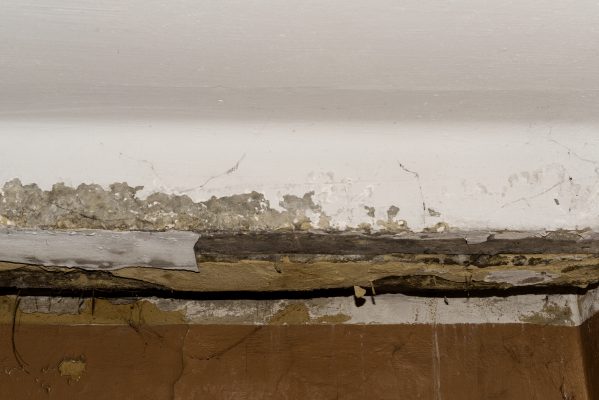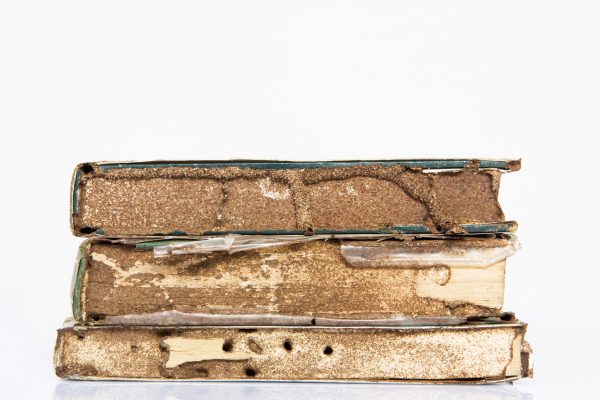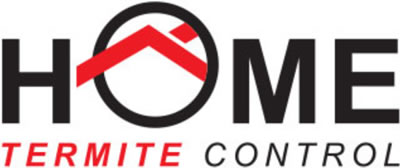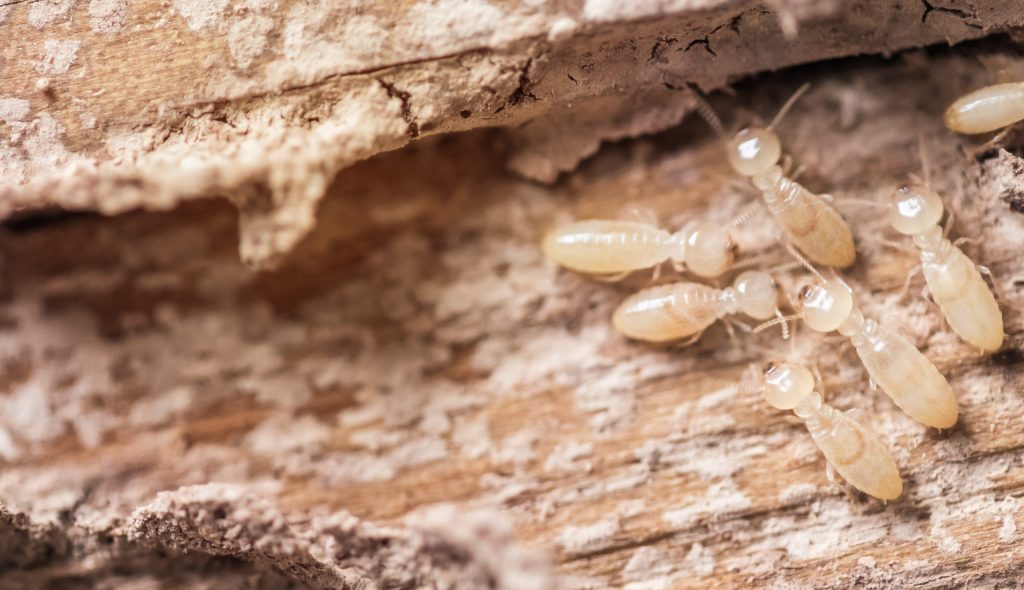Professional Treatments for Infested Wood are a Must!
Termites, AKA white ants have been present in Australia for millennia because they play a crucial role in the ecosystem. But! They are not essential for our homes to thrive. This blog will tell you how to identify if termites are active and infested in wood on your property and in your house. If there is an active infestation, you will need professional treatment. We explain what to expect from your termite controller to know you are getting the job done right.
How to Tell if Termites Are Active in Your House

If you have an active termite infestation, this means termites are alive and eating through your precious home(*1). It can be tricky for people without termite identification and inspection training to identify an infestation early. It is highly recommended to have an annual termite inspection conducted by a professional pest controller trained in managing termites(*2).
In between inspections, you can keep an eye out for things like:
• Drooping and buckling wood (walls and floors).
• Damaged paint looks similar to water damage.
• Mud tubes on the outside of your house – look near shrubbery leaning against the house and on brickwork.
• Hollow wood i.e., architraves. Tap these do assess if they sound hollow.
• Easily damaged wood around the house. Termites eat from the inside out so if you knock a part of your wall and it collapses or breaks easily, termites may be the cause(*2).
In this video, Brad shows a piece of wood from a house that has an active termite infestation (with live termites).
What to Expect From Your Termite Controller
If you have a termite infestation, you want to be able to completely rely on the qualifications and experience of your termite controller(*3). There is no room for error when it comes to safeguarding your home. A thorough termite inspection should be carried out to determine if there are any destructive termite species on your property or not. After the inspection, your controller will be able to tell you:
• If you have an active termite infestation.
• If there was evidence of a prior infestation.
• The types of termites found (if any).
• Whether the termites found (if any) are a danger to your home.
• What treatments are recommended – including what environmentally products will work.
Five Types of Destructive Species of Termites to Look Out For
These tiny, white, soft-bodied pests love warm weather and can be found in different kinds of surroundings. From dry, lush grasslands to semi-deserts and wet rainforests. All of these ecological settings can be found around Australia. No wonder termite infestations are so extensive in this country!
There are roughly 300 different types of termites in Australia(*4). In NSW, the five most destructive subterranean termite species to timber are:
- Coptotermes SPP for example Coptotermes frenchi or Coptotermes acinaciformis
2. Schedorhinotermes SPP for example Schedorhinotermes intermedius
3. Nasutitermes SPP for example Nasutitermes walker, Nasutitermes exitiosus
4. Heterotermes SPP for example Heterotermes ferox
5. Microcerotermes SPP for example Microcerotermes championi
There are also damp wood and dry wood termites to manage in NSW.
Two in Every Five Homes Suffers Termite Damage
Subterranean termites are the single most destructive pest in Australia, causing hundreds of millions of dollars in damage to over 180,000 homes and structures yearly. According to research done by NSW State Forests(*3), at least two in every five homes is invaded by termites at least once in its life.It seems like no property nowadays is ever out of harm’s way from these wood-loving creatures.
“There are only two types of homes in Australia, those that have termites, and those that will get termites.”
This adage is rapidly becoming a reality for those who don’t have termite protection or termite prevention systems installed in their homes.
Is Your Backyard a Termite Sanctuary?
Australians’ rising fondness towards landscaping, which requires abundant use of bark, mulch and woodchips, timber retaining walls and gazebos, has formed an instant sanctuary for termites in our yards. When there is a presence of termites anywhere near your property, chances are, there are already signs of termite infestation in and around your house. How so? Because your home offers natural shelter and nourishment for the termites.
Termites can stealthily travel up to 50-meters to access your home where they can feast on loads of wood for the entire colony. Even concrete slabs do not hinder them, as they can effortlessly penetrate through tiny cracks. They can also build mud tubes to enter above ground timbers. Once they reach the timber, they excavate it, naturally weakening the structure and leaving only a thin layer on the outside.
Can it Get Any Worse? Yes. Termites Do Not Stop at Wood

To make matters even worse, termites do not only eat wood. Have a look at the picture above of books termites have eaten! They also eat dirt, paper, carpets, plants, fabric, and other cellulose materials. Needless to say, your house is at risk of termite damage, including its precious contents. So, if you see any signs of termite invasion in and around your property, be sure to contact a professional termite exterminator as soon as possible to get rid of termites and prevent further termite damage.
Only rely on the absolute best in termite control in Sydney. Contact Home Termite Control today for inspection and trustworthy advice.
Phone: 0488 991 126 or (02) 9454 7774
Email: info@hometermitecontrolsydney.com.au
References *1. Meggitt, J. Active vs Non-Active Termites. 2021. *2. Ciaramidaro, R. How to Recognise and Manage Termites. Choice. 2020. *3. Horwood, MA, Eldridge, RH. Termites in NSW: Part 2. Termite Infestations: Inspection, Detection and Treatment. Forest Resources Research. No. 22. The State of NSW. 2005. *4. Horwood, MA, Eldridge, RH. Termites in NSW: Part 1. Termite Biology. Forest Resources Research. No. 21. The State of NSW. 2005.

